Author: Cade Jobe
Being the microorganisms responsible for converting the sugars in wort into alcohol and CO2, brewers of good beer focus intently on yeast freshness and viability. By pitching an adequate number of cells, the risk of poor attenuation and undesirable off-flavor development is reduced, and a crucial factor to prolonging yeast health involves storing it as cool as possible without freezing to slow the rate at which glycogen reserves are consumed.
Most yeast labs take care to ship their product as cold as possible and recommend immediate storage in a refrigerator. However, there are occasions where such “best practices” aren’t necessarily practiced. Case in point– I recently noticed an unopened pouch of Imperial Yeast A18 Joystick laying on the ground in front of the garage refrigerator I store my brewing ingredients in. It was summer, during which the temperature in my garage gets as warm as 95°F/35°C with a low of about 80°F/27°C, and in the 3 days it’d been sitting there, the pouch had puffed up like a pillow. My first reaction was to pour the yeast down the drain and move on, but I saw an opportunity after realizing I had another pouch of the same yeast packaged at the same exact time in my fridge.
Results from a past xBmt showed tasters were able to tell apart a British Golden Ale fermented with yeast stored at 68°F/20°C for 2 weeks from one fermented with yeast consistently stored cool. One thing I wondered is if the English origin of the strain used in that xBmt, Imperial Yeast A09 Pub, may have played a role, as it’s known for imparting more ester character than cleaner American strains. Not wanting to waste a pouch of yeast and curious how such warm temperatures might affect performance, I decided to put it to the test in a Double IPA.
| PURPOSE |
To evaluate the differences between a Double IPA fermented with Imperial Yeast A18 Joystick consistently stored cool and one fermented with the same yeast stored as warm as 95°F/35°C for 3 days.
| METHODS |
I chose Double IPA for this xBmt understanding that yeast experience increased stress in higher OG worts, and the recipe was a spin on one I’ve brewed in the past.
Pole To Pole
Recipe Details
| Batch Size | Boil Time | IBU | SRM | Est. OG | Est. FG | ABV |
|---|---|---|---|---|---|---|
| 5.2 gal | 60 min | 113.5 IBUs | 6.0 SRM | 1.073 | 1.010 | 8.3 % |
| Actuals | 1.073 | 1.012 | 8.1 % | |||
Fermentables
| Name | Amount | % |
|---|---|---|
| Pale Malt (2 Row) US | 12.5 lbs | 83.33 |
| Caramel/Crystal Malt - 40L | 8 oz | 3.33 |
| Wheat Malt (Gambrinus) | 8 oz | 3.33 |
| Corn Sugar (Dextrose) | 1.5 lbs | 10 |
Hops
| Name | Amount | Time | Use | Form | Alpha % |
|---|---|---|---|---|---|
| Hallertau Magnum | 55 g | 60 min | Boil | Pellet | 12.2 |
| Centennial | 28 g | 30 min | Boil | Pellet | 9.3 |
| Amarillo | 14 g | 1 min | Boil | Pellet | 9.2 |
| Loral | 14 g | 1 min | Boil | Pellet | 11.5 |
| Centennial | 10 g | 1 min | Boil | Pellet | 10 |
| Amarillo | 28 g | 0 min | Dry Hop | Pellet | 9.2 |
| Centennial | 28 g | 0 min | Dry Hop | Pellet | 9.3 |
| Loral | 28 g | 0 min | Dry Hop | Pellet | 11.5 |
Notes
| Water Profile: Ca 60 | Mg 34 | Na 18 | SO4 132 | Cl 50 |
Download
| Download this recipe's BeerXML file |
It was about a week before brewing that I discovered the pouch of Imperial Yeast A18 Joystick sitting on the ground in front of the refrigerator it was supposed to be in. It’d been 3 days since I last grabbed anything out of the fridge and the pouch had puffed up quite a bit.
When brew day came around a few days later, I collected the water for a 10 gallon/38 liter batch, adjusted it to my desired profile, and got it heating up before milling the grain.
Once the water was properly heated, I incorporated the milled grains then checked the mash temperature.
During the mash rest, I collected out the kettle hop addition.
When the 60 minute mash was complete, I sparged to collect the pre-boil volume.
The wort was boiled for 60 minutes.
Following the boil, I quickly chilled the wort with my IC.
A hydrometer measurement confirmed the wort was at the expected OG.
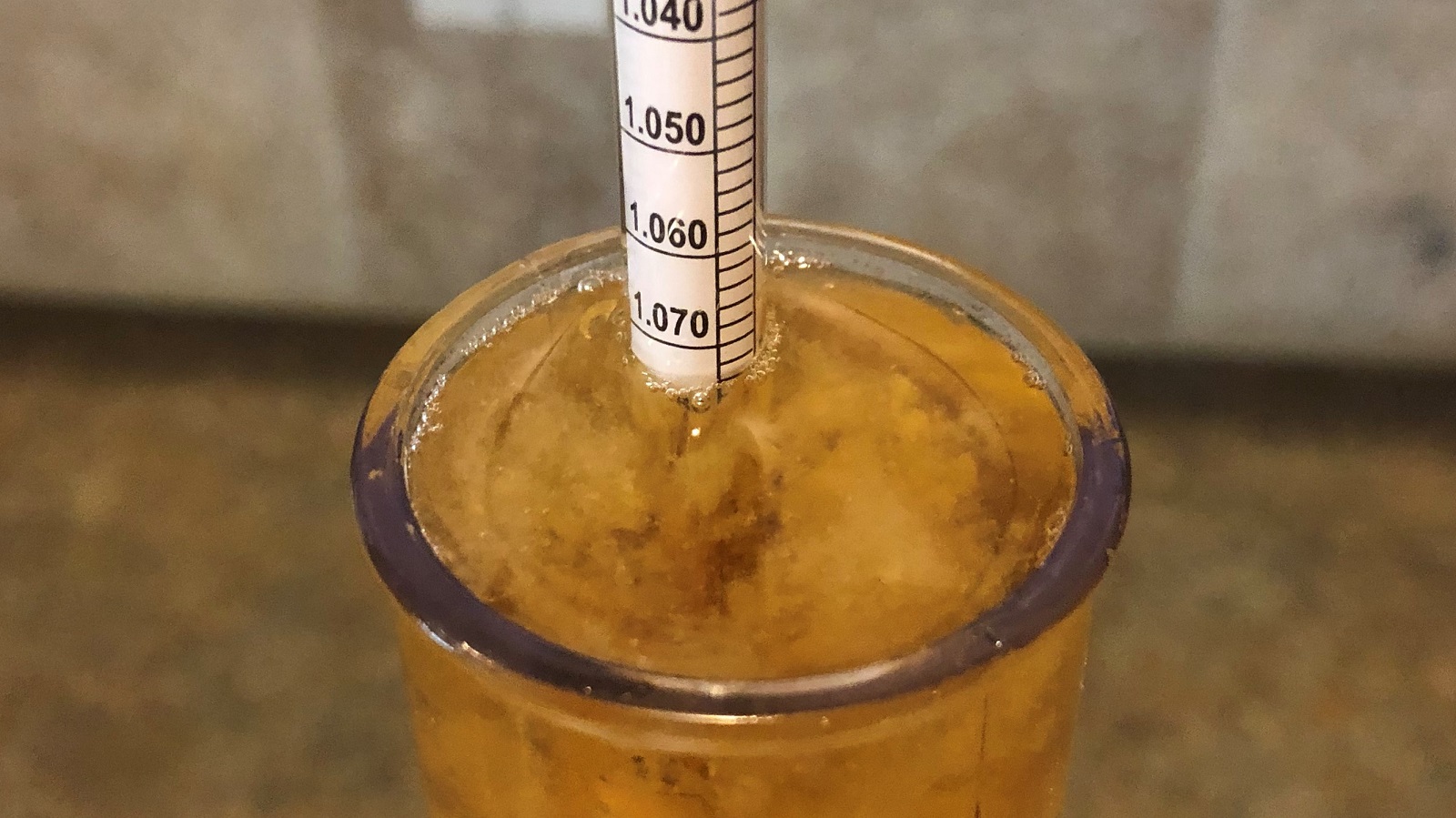
After evenly splitting the wort between 2 sanitized Brew Buckets, I placed them next to each other in my chamber to finish chilling. The following morning, I pitched the pouch of Imperial Yeast A18 Joystick that was consistently stored cool into one batch while the other got the yeast that sat in my hot garage for 3 days. With the beers left to ferment at 66°F/19°C, I noticed activity in the one pitched with cool stored yeast after 12 hours, while it took an additional 6 hours for the beer pitched with warm stored yeast to catch up.
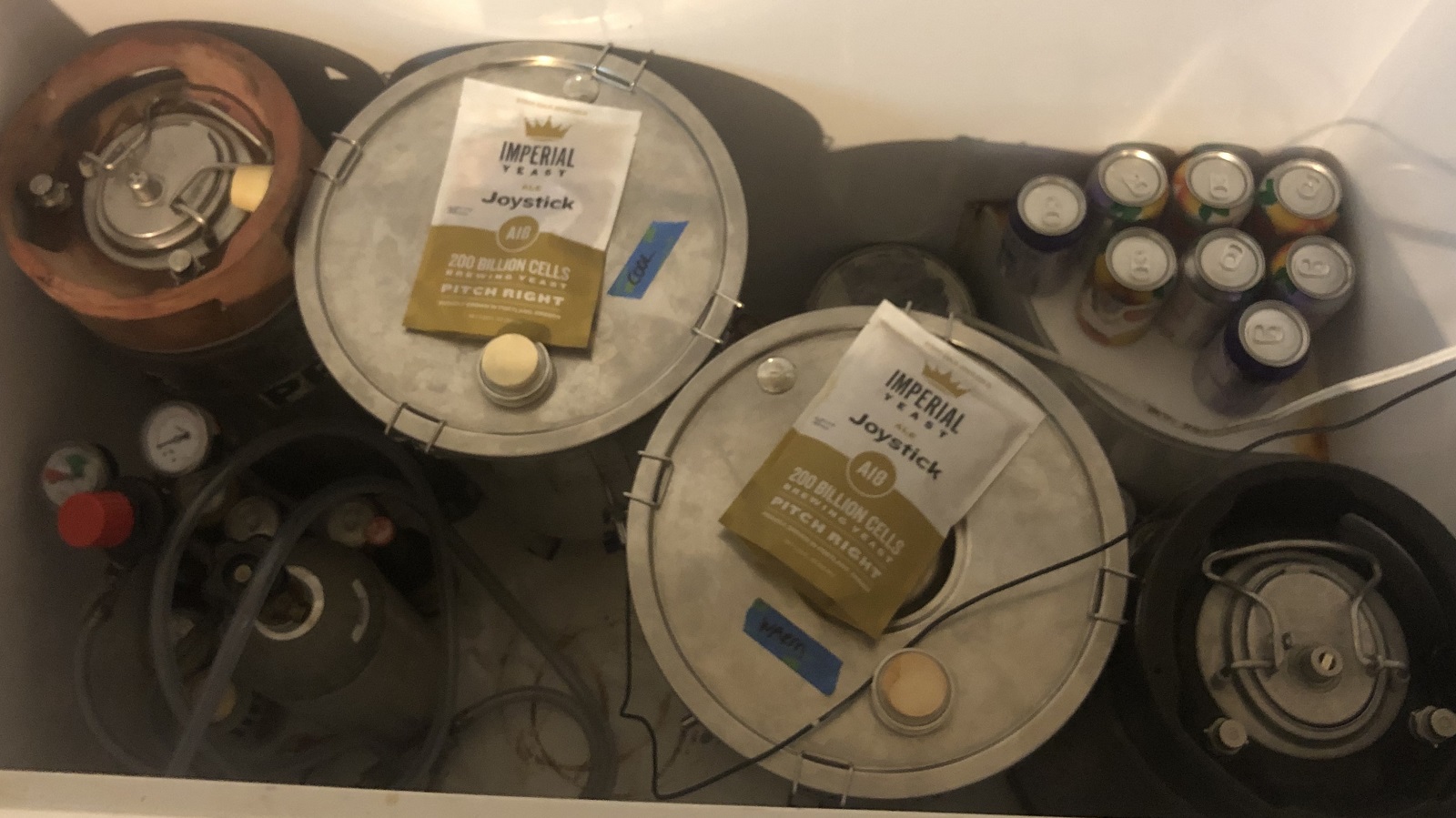
I returned to add the dry hop charges to both beers 5 days later.
After another 3 days, I took hydrometer measurements showing both beers reached the same FG.
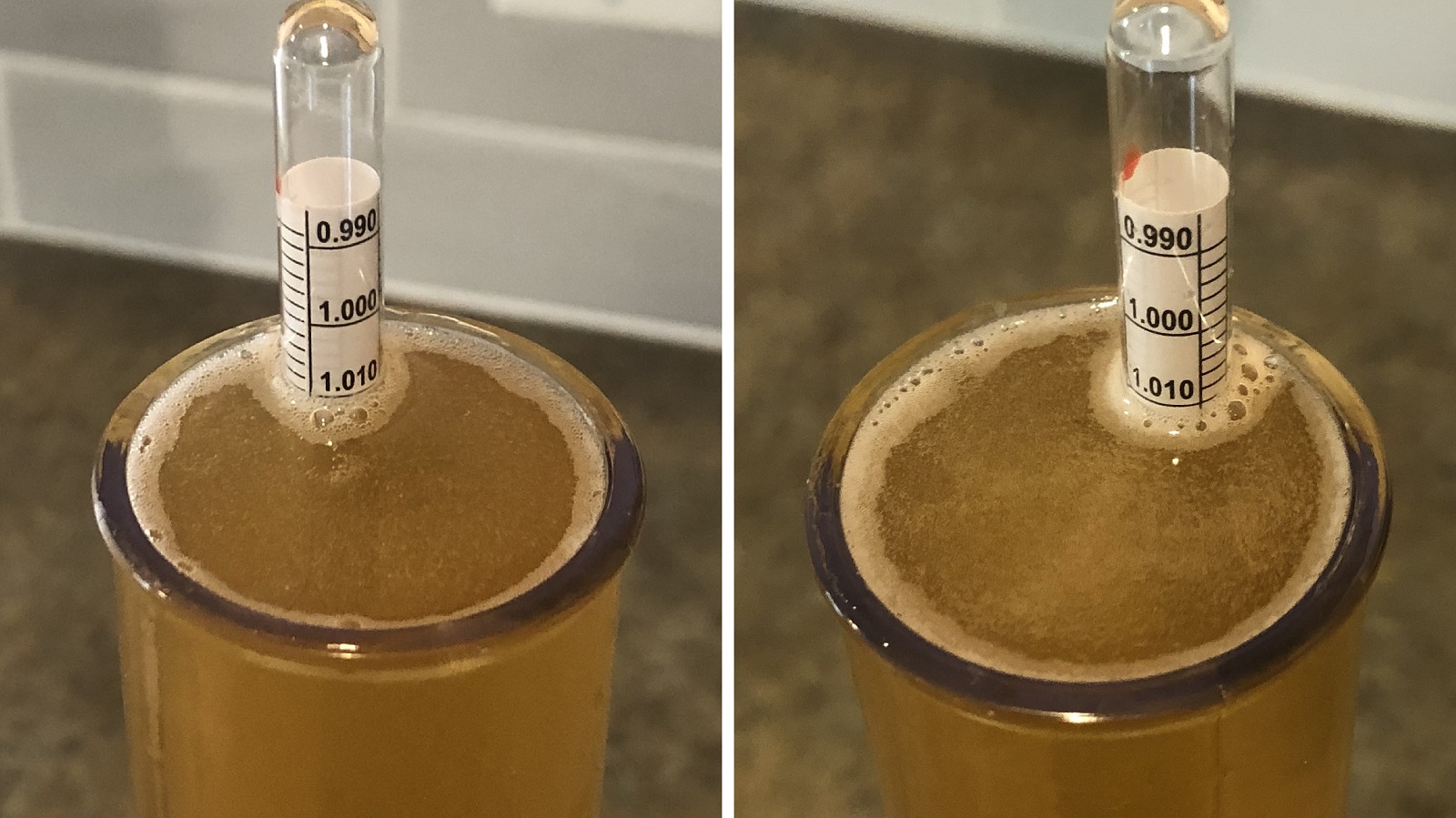
I proceeded with cold crashing the beers to 32°F/0°C overnight before racking them under pressure to CO2 purged kegs.
The filled kegs were placed in my keezer, burst carbonated, then left to condition for a week before they were ready to evaluate.
| RESULTS |
Due to social distancing practices as a result of the COVID-19 pandemic, data for this xBmt was unable to be collected in our typical manner. As such, temporary adaptations were made involving the author completing multiple semi-blind triangle tests in as unbiased a way as possible.
Utilizing 4 opaque cups of the same color where 2 were inconspicuously marked, one set was filled with the beer fermented with yeast consistently stored cool while the other set was filled with the beer fermented with yeast stored warm for 3 days. For each triangle test, 3 of the 4 cups were indiscriminately selected, thus randomizing which beer was the unique sample for each trial. Following each attempt, I noted whether I was correct in identifying the unique sample. Out of the 10 semi-blind triangle tests I completed, I needed to identify the unique sample 7 times (p<0.02) in order to reach statistical significance. Ultimately, I chose the unique sample 8 times (p=0.003), indicating my ability to reliably distinguish a Double IPA fermented with yeast stored cool from one fermented with yeast that spent 3 days at temperatures as warm as 95°F/35°C.
There were obvious similarities between these beers, but what made them distinguishable to my palate was a less prominent bitterness and overall hop character in the beer fermented with the yeast stored warm, which I believe was a result of increased fruity esters. While the batch fermented with yeast stored cool had the sharper hop notes I expect in a West Coast Double IPA, I was surprised at how good the batch fermented with warm stored yeast was, I really enjoyed drinking both!
| DISCUSSION |
The science behind yeast health is solid, hence there’s little question storage in a cool environment is more beneficial than keeping yeast warm prior to use. The reason for this is that cooler temperatures retard yeast activity, particularly the rate at which they consume their glycogen reserves. Warm storage of yeast can lead to weaker cell walls that rupture during fermentation, resulting in a beer with undesirable off-flavors, especially in higher OG worts that put more stress on the yeast. Indeed, I was able to consistently distinguish a Double IPA fermented with yeast that was consistently stored cool from one fermented with yeast that spent 3 days at temperatures as warm as 95°F/35°C.
Considering these results corroborate those from our past xBmt on this topic, it seems even more clear that the temperature at which yeast is stored prior to being used can affect beer character. However, it would appear warm storage doesn’t necessarily guarantee a bad outcome, as I rather enjoyed the Double IPA fermented with yeast that sat on my hot garage floor for 3 days, even if it was perceptibly different than the version fermented with cool stored yeast.
Despite perceiving nothing in the way of undesirable off-flavors in the beer fermented with yeast stored warm, I have no plans to start keeping my yeast anywhere other than my cool refrigerator, at least intentionally. In the event I accidentally leave a pouch of yeast sitting out for a few days, I’m now more confident it can still be used, though I’ll likely stick to styles known for having a higher ester profile.
If you have any thoughts about this xBmt, please do not hesitate to share in the comments section below!
Support Brülosophy In Style!
All designs are available in various colors and sizes on Amazon!
Follow Brülosophy on:
FACEBOOK | TWITTER | INSTAGRAM
If you enjoy this stuff and feel compelled to support Brulosophy.com, please check out the Support page for details on how you can very easily do so. Thanks!

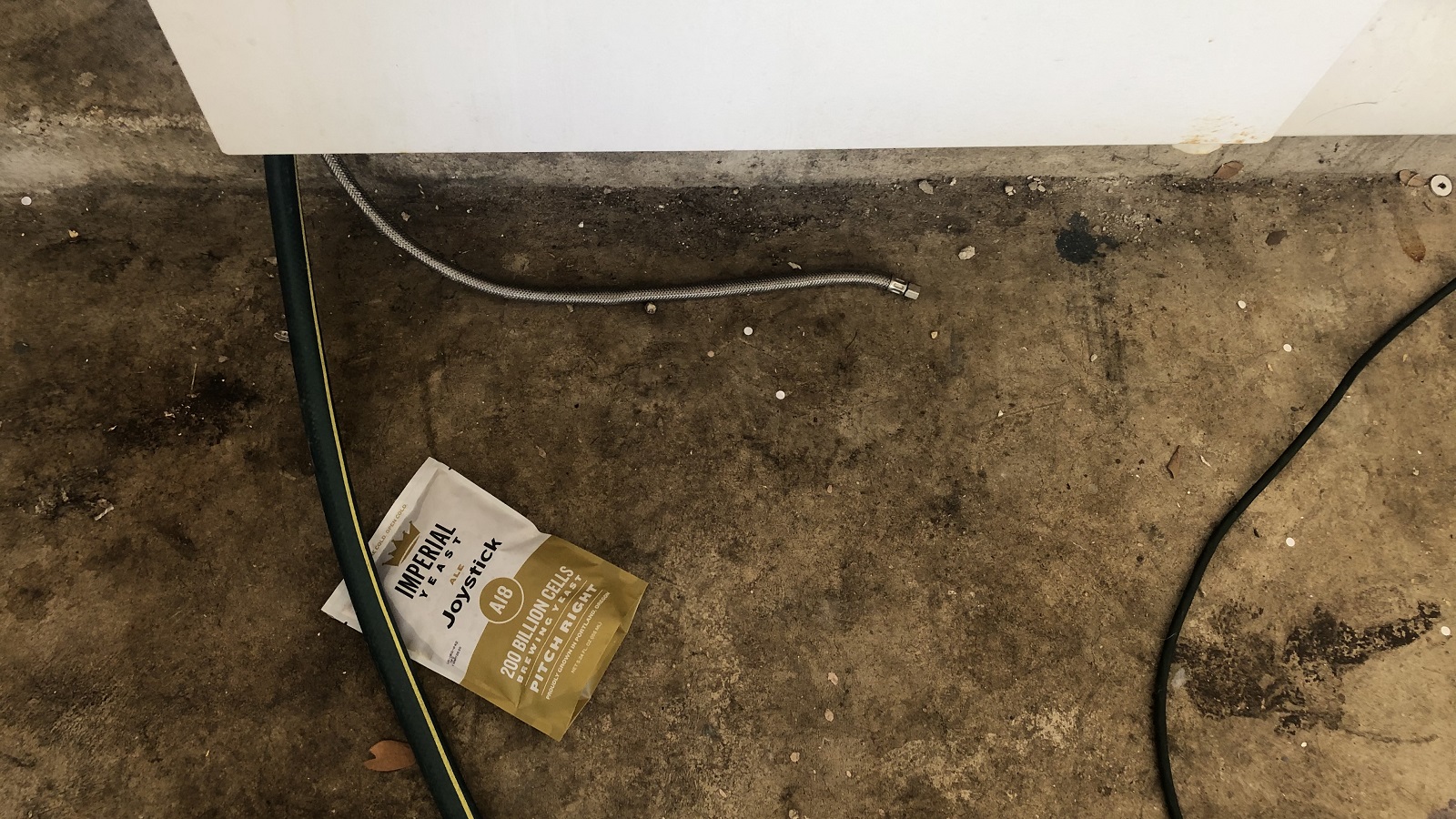
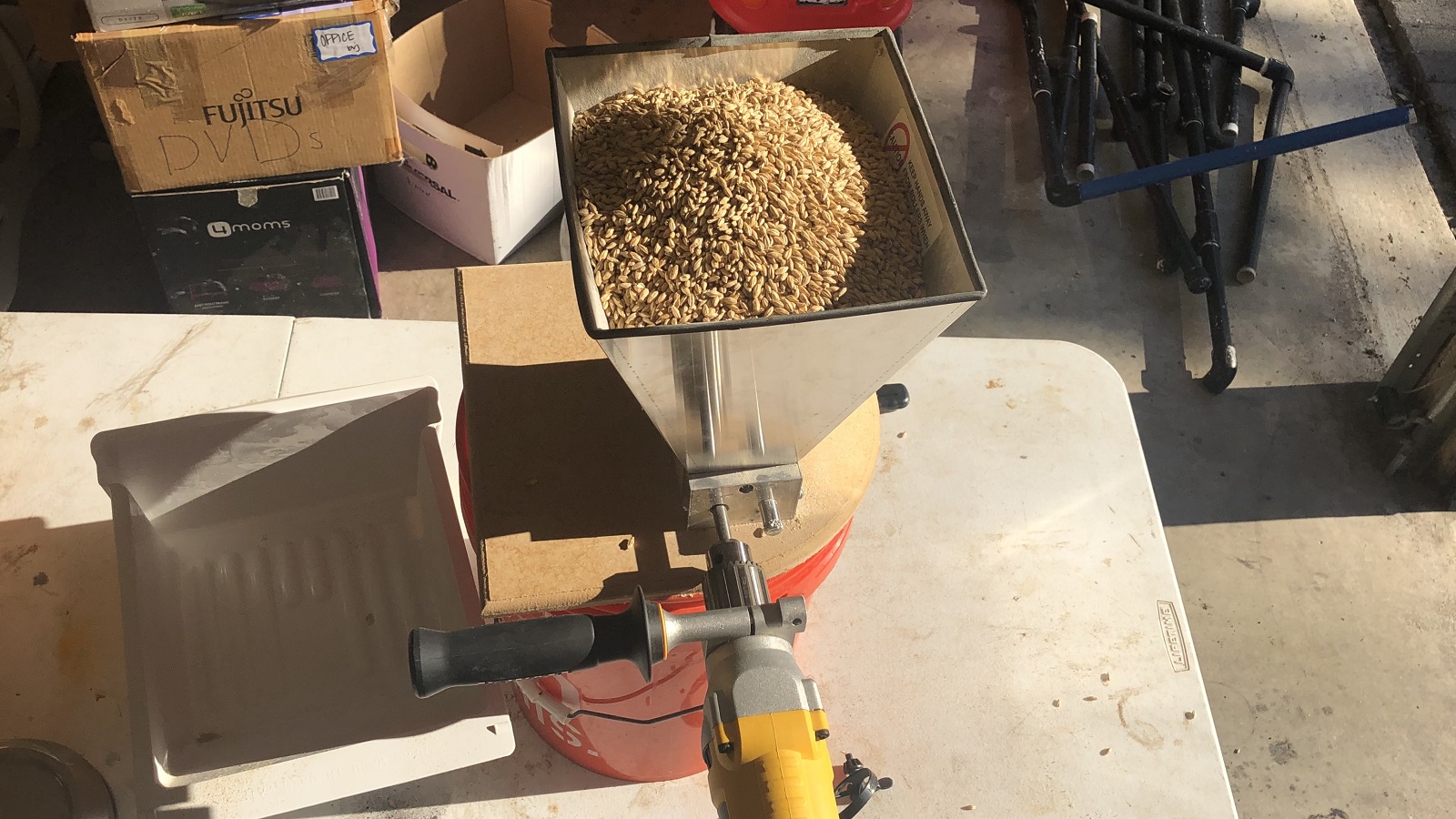
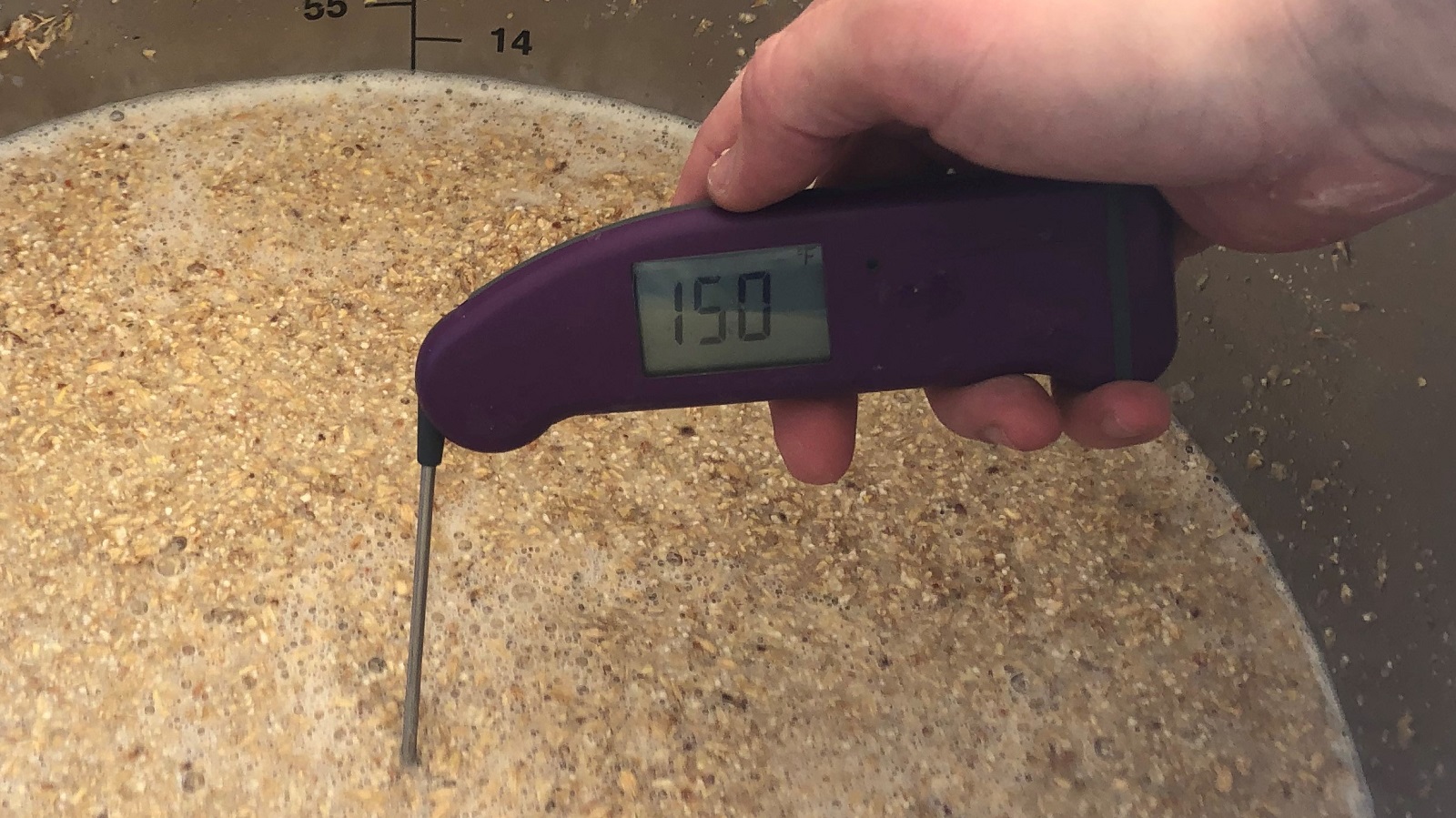
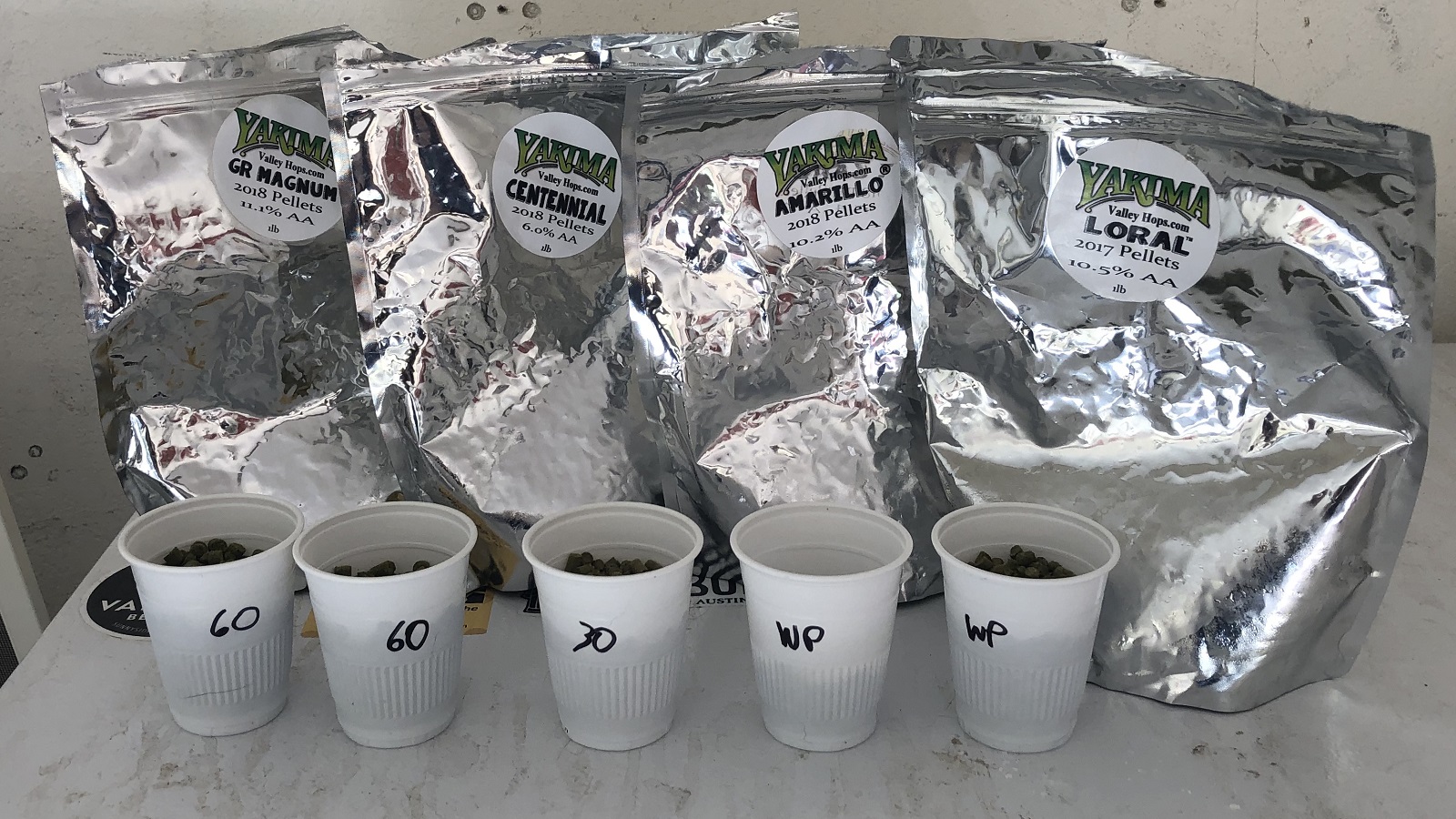
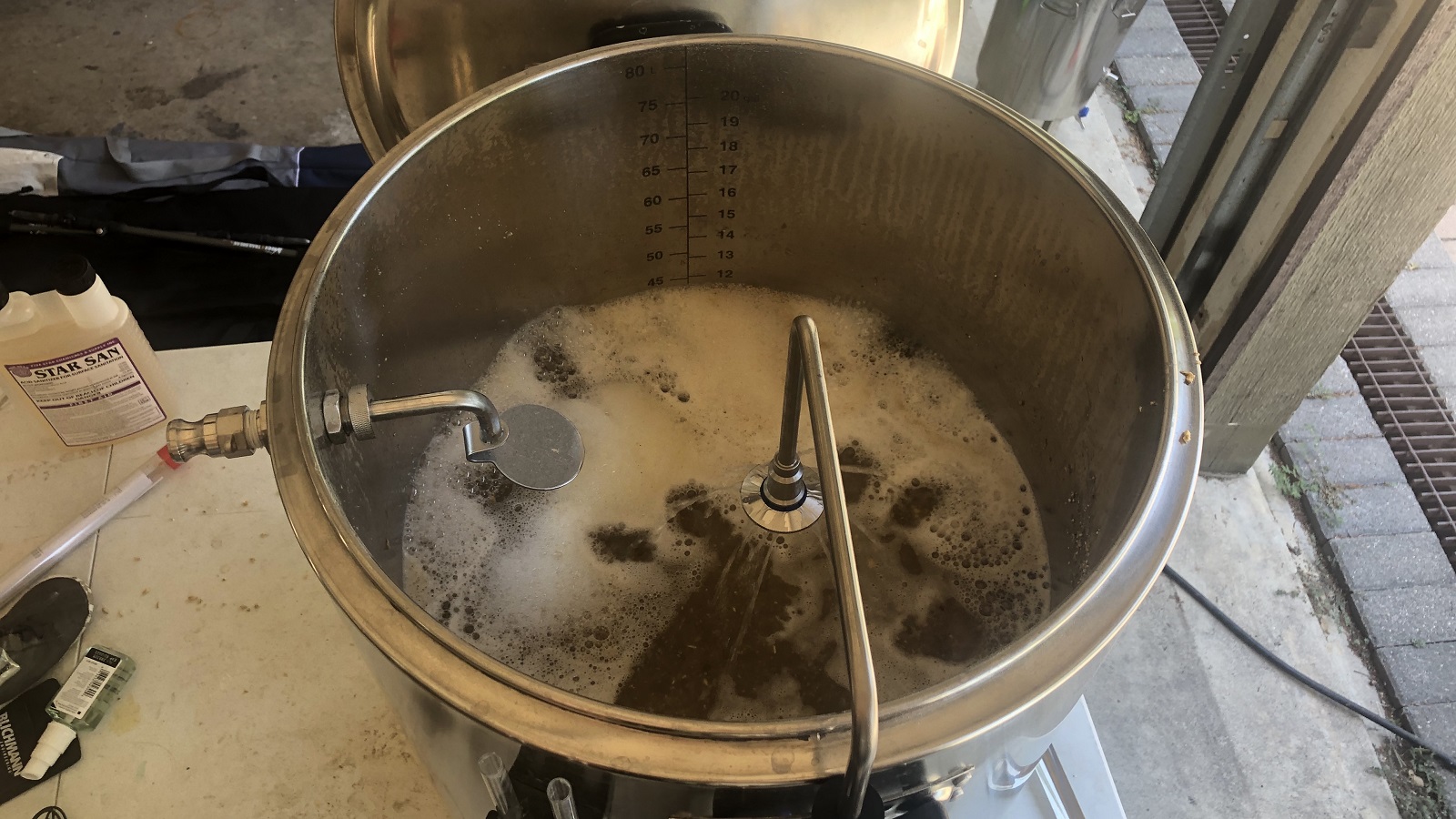
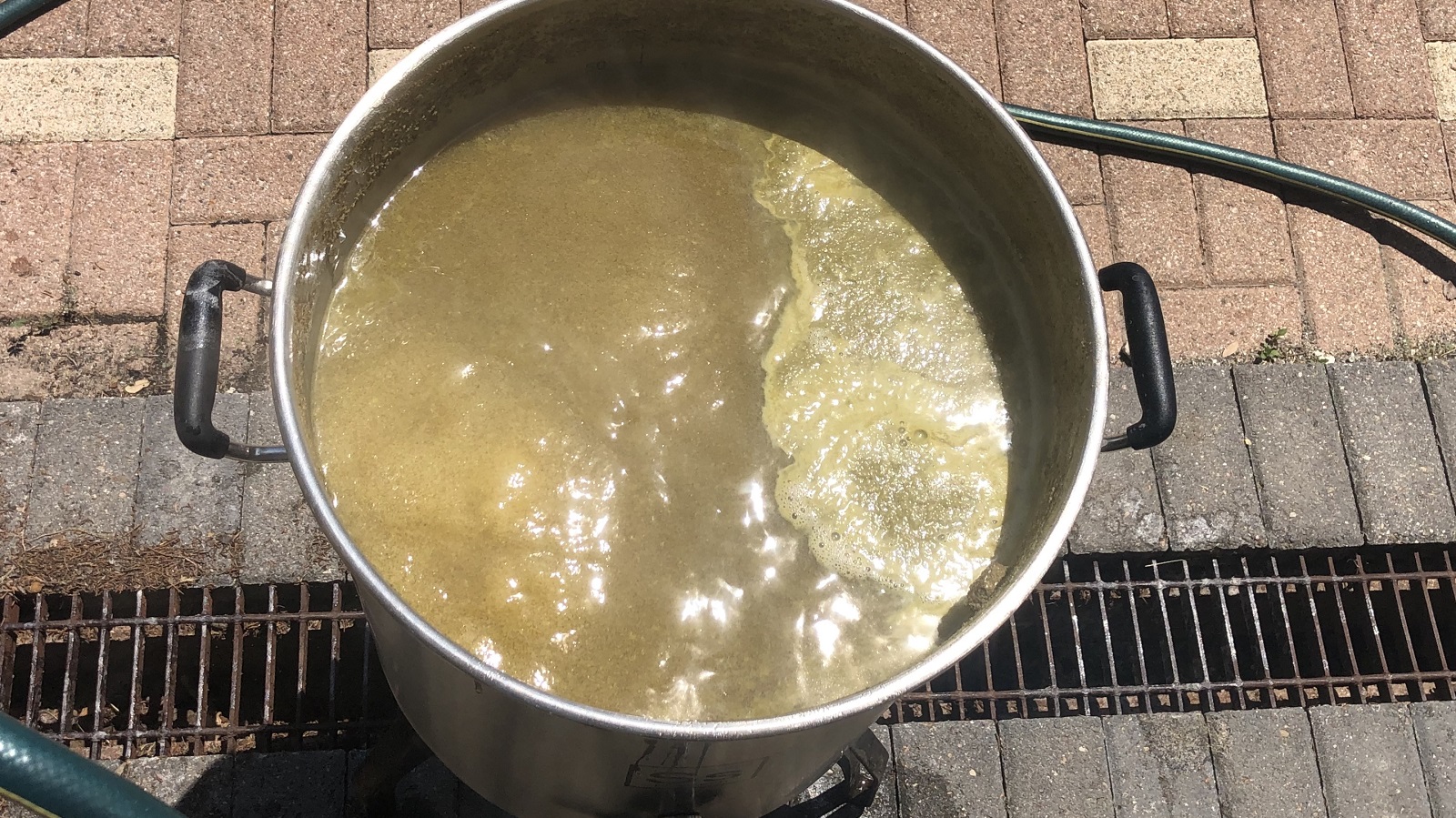
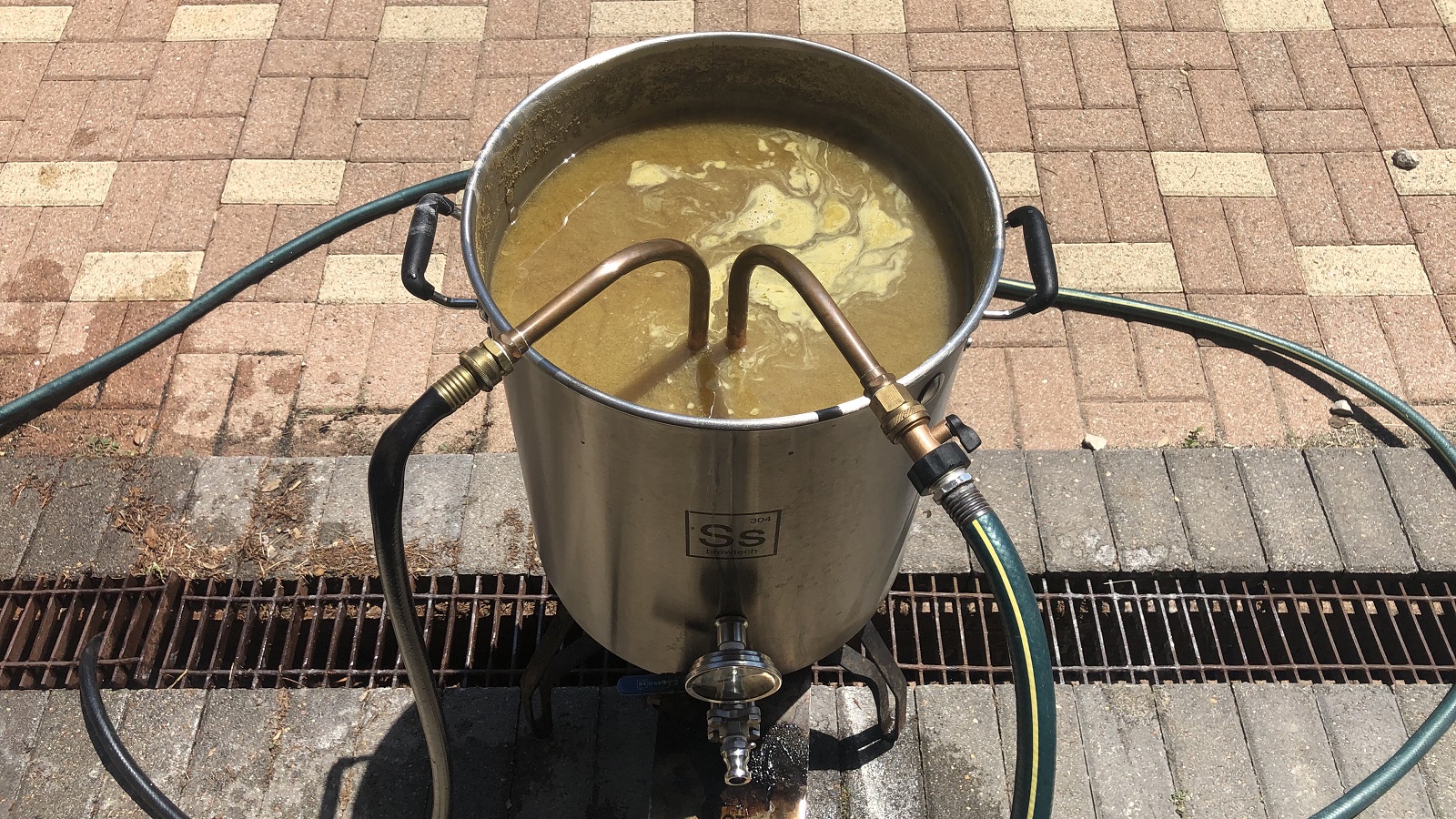
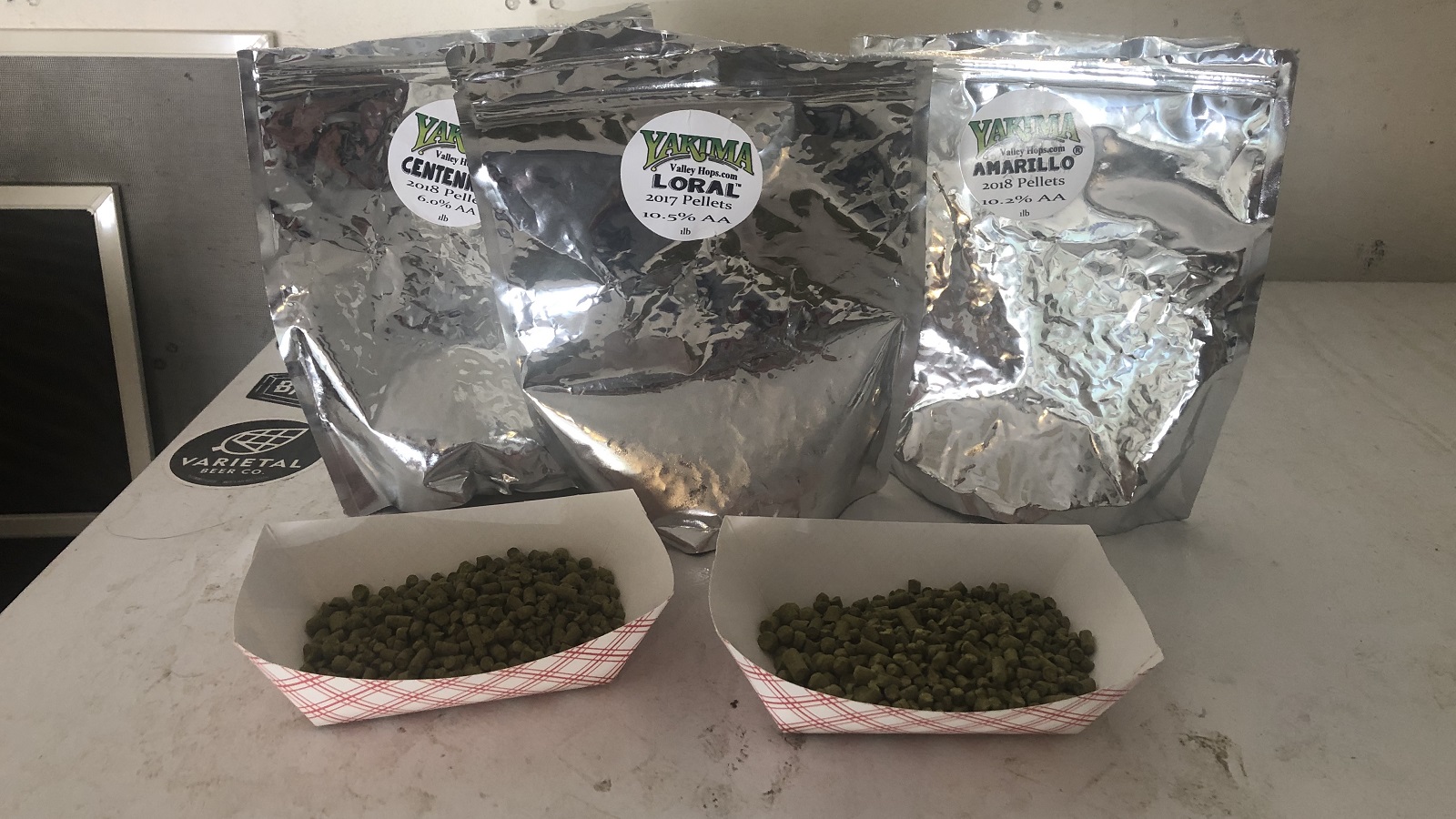
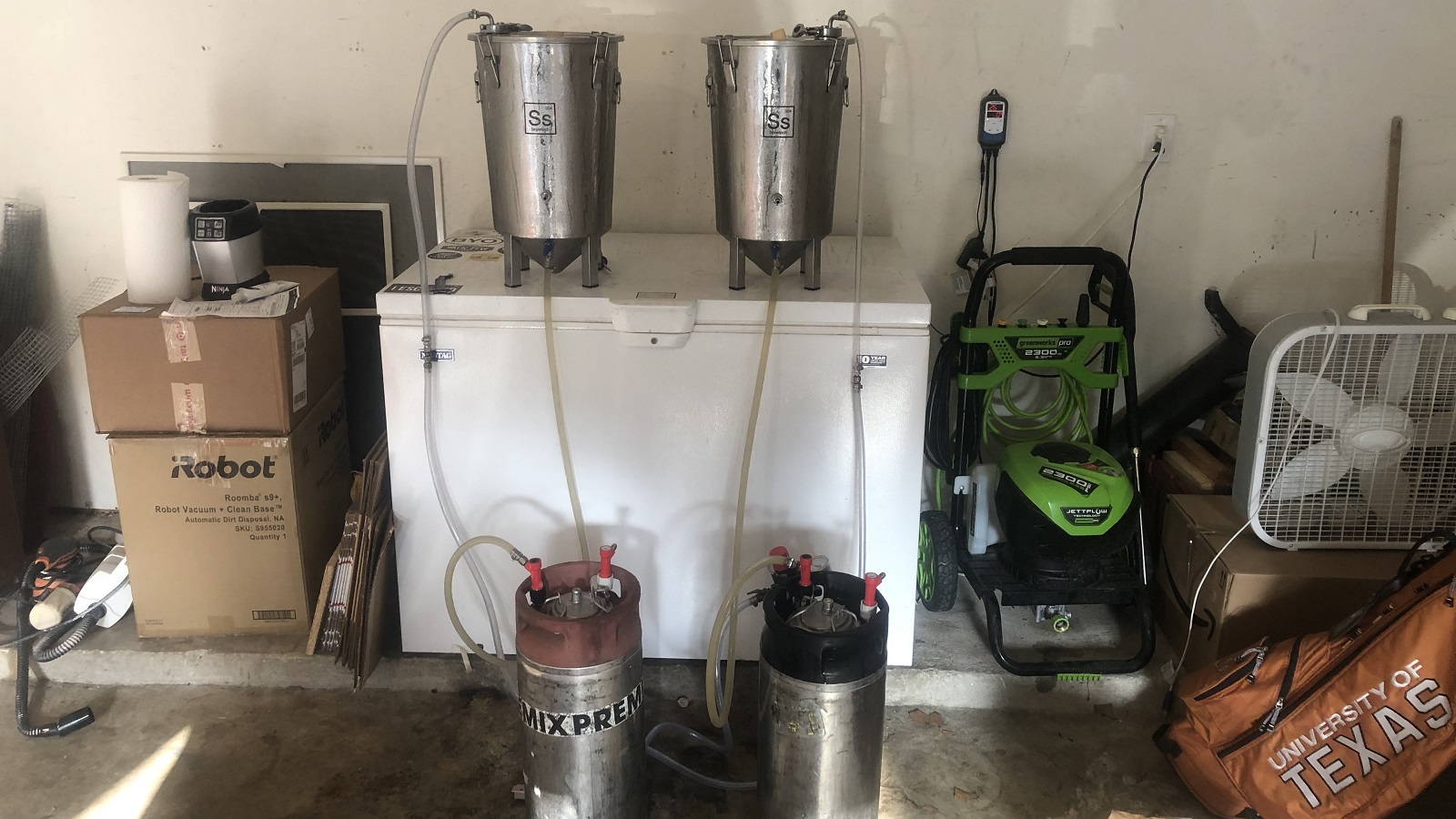
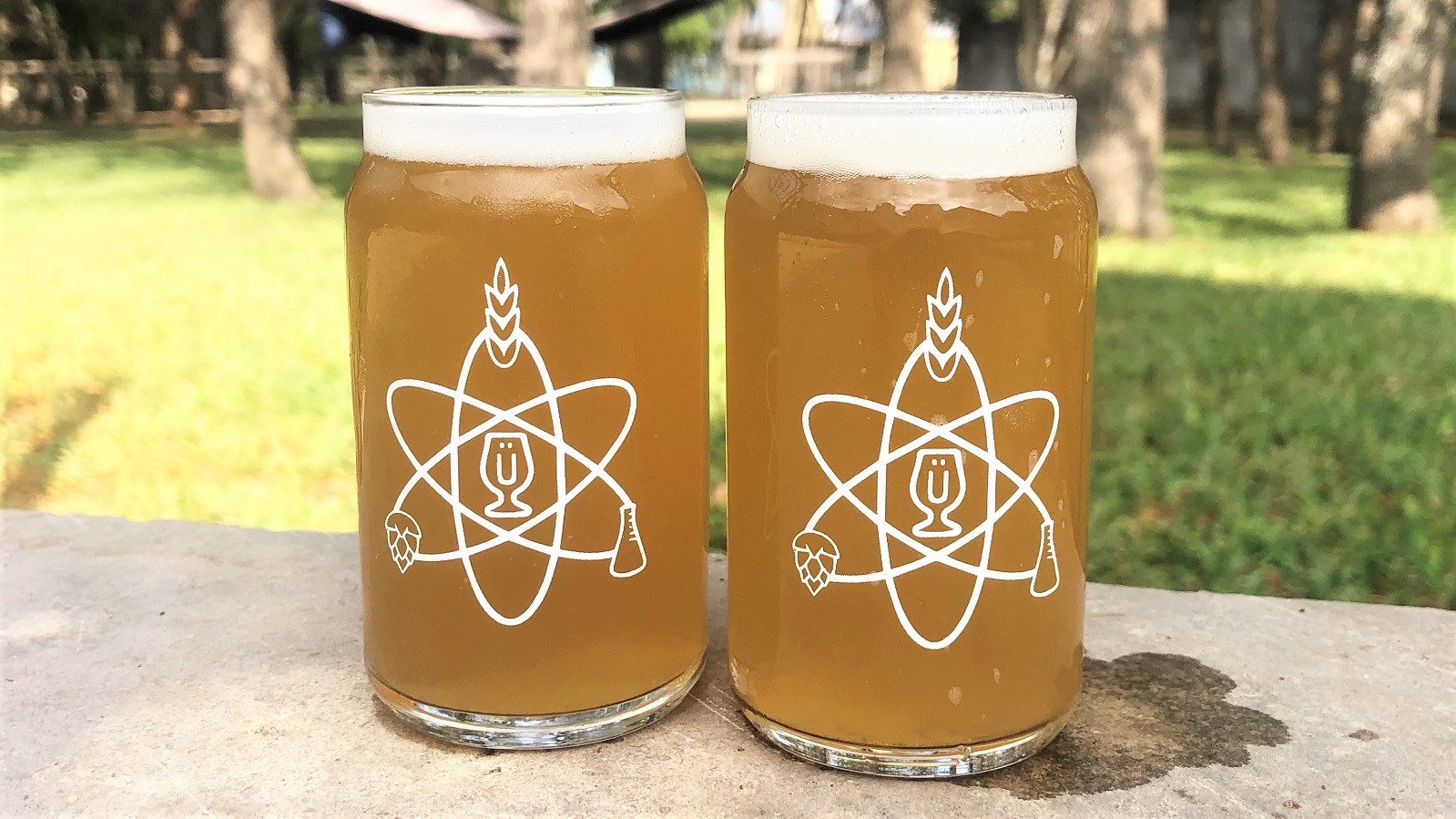











1 thought on “exBEERiment | Impact Yeast Storage Temperature Has On Double IPA”
Nice job!